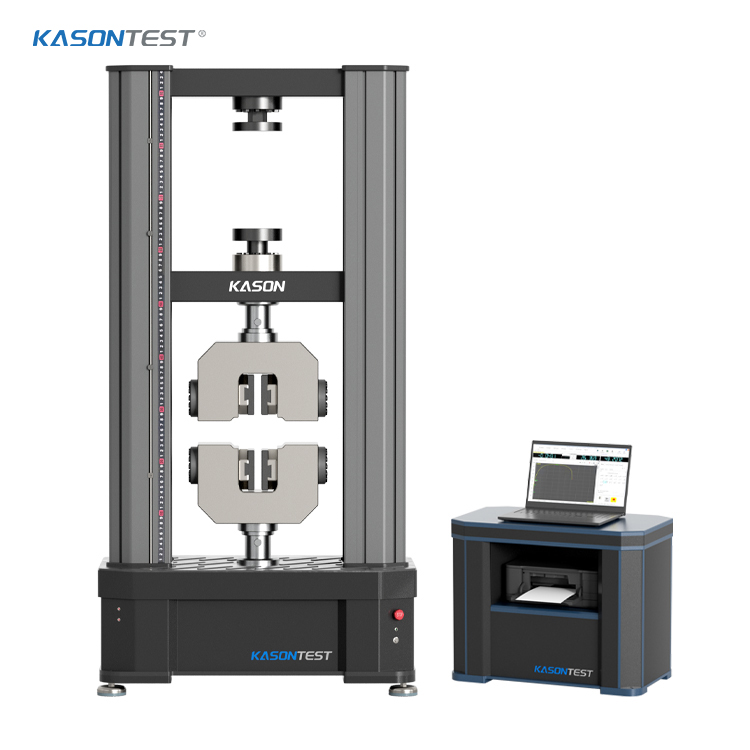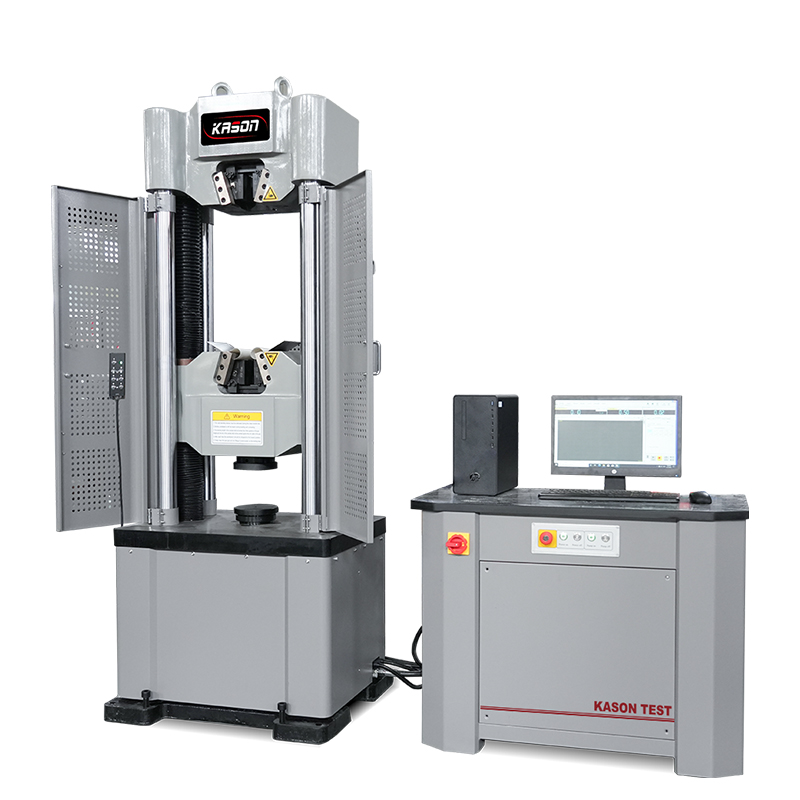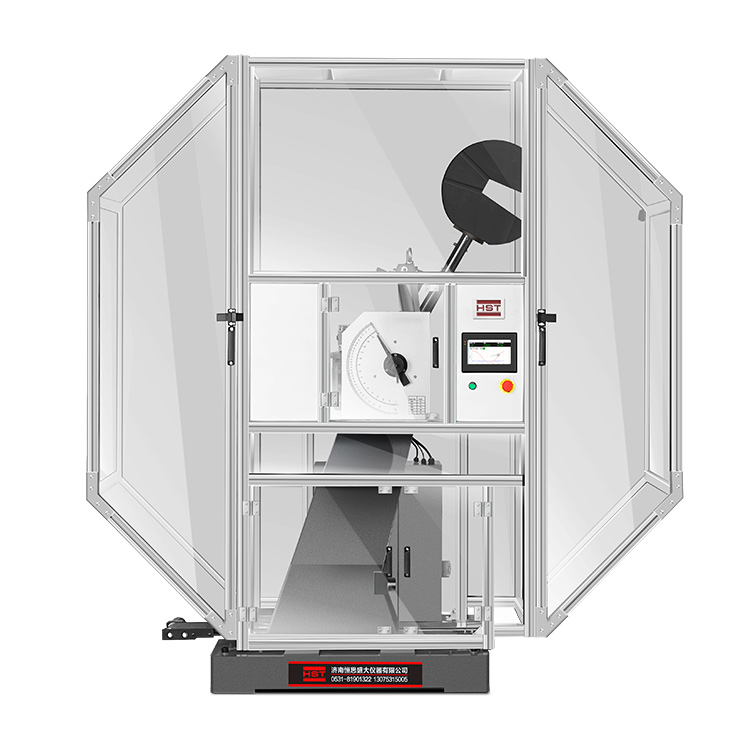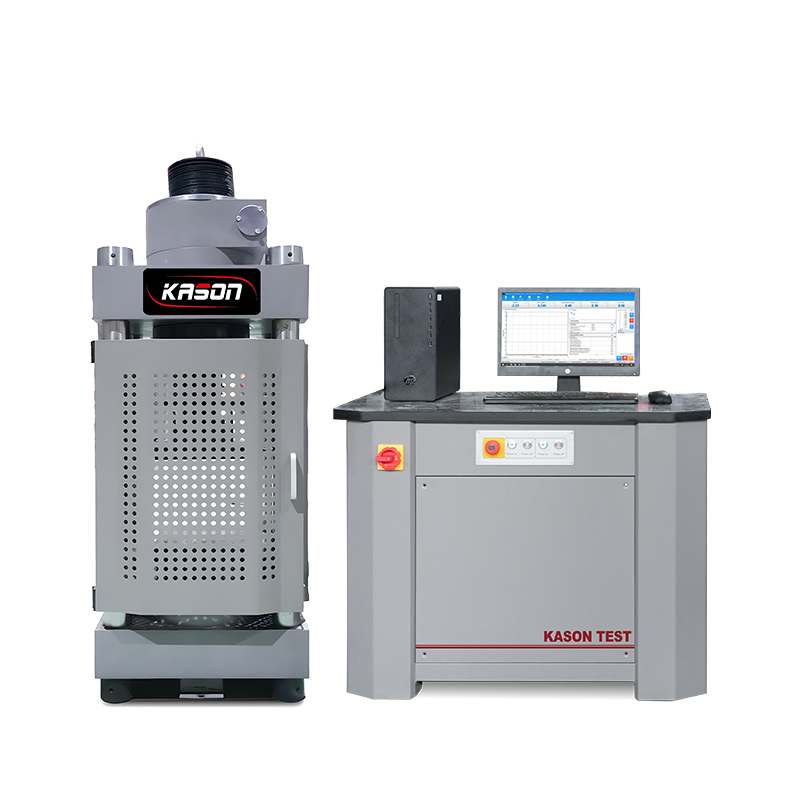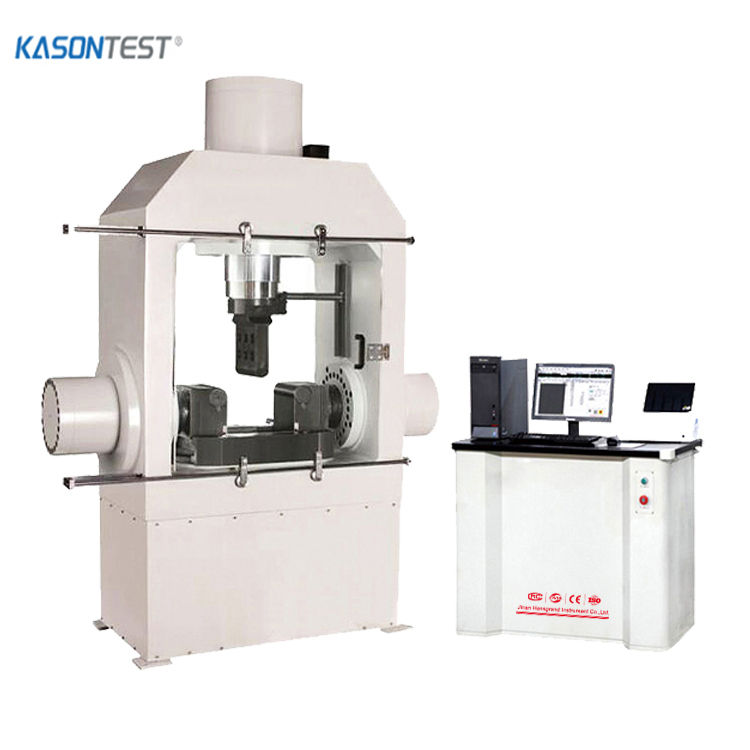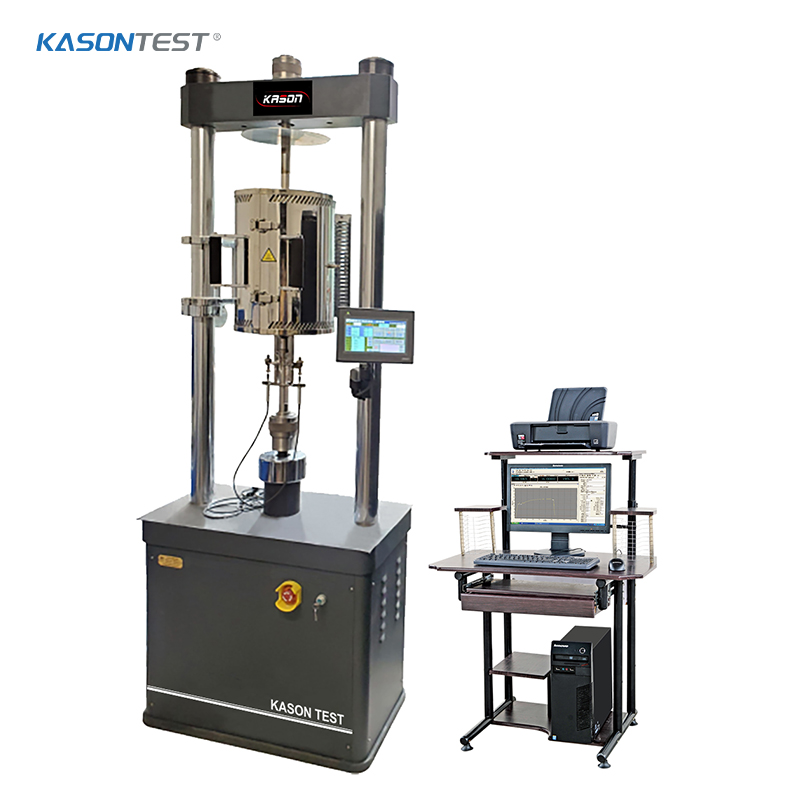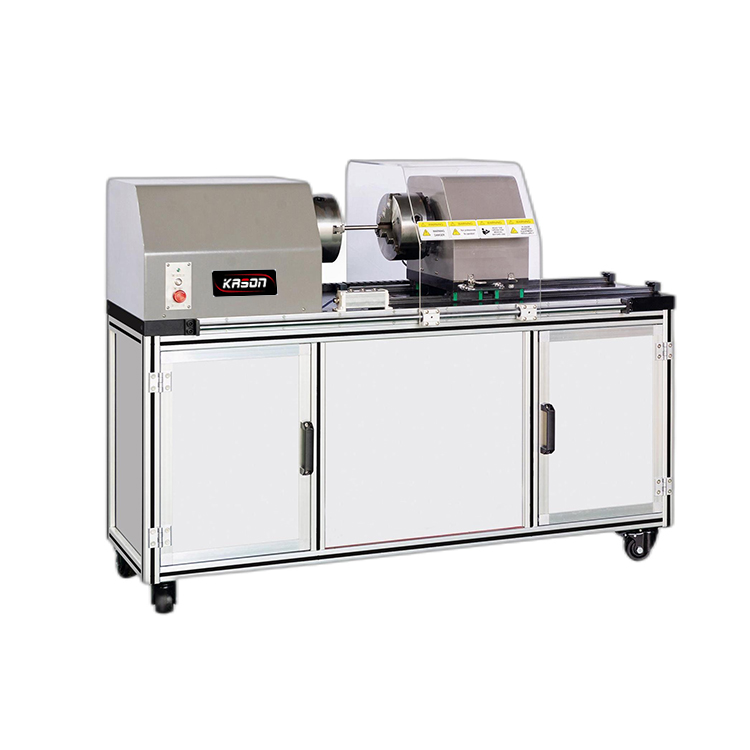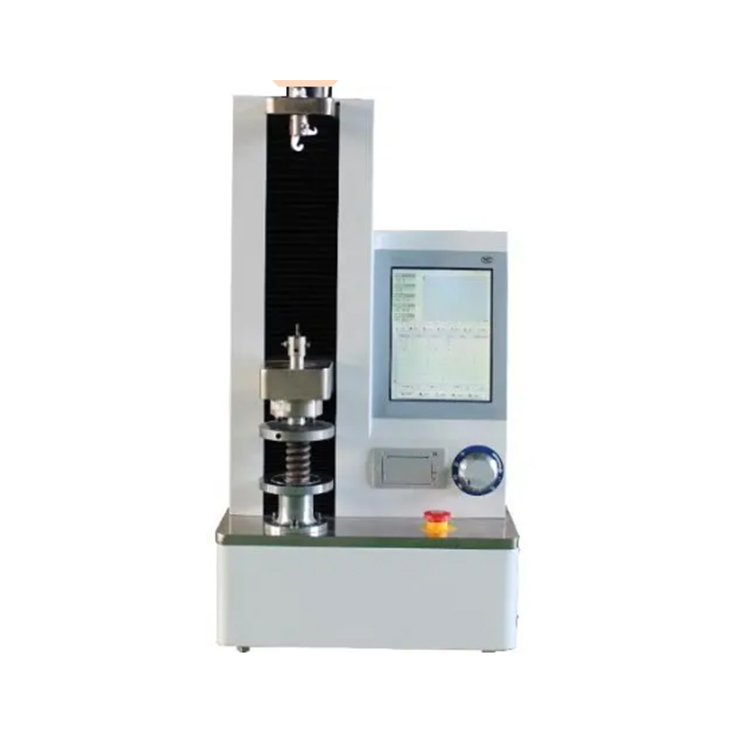Cupping test
The cupping test is a widely used mechanical testing method designed to evaluate the formability and ductility of sheet metals and thin materials. This destructive test measures a material’s ability to withstand plastic deformation without fracturing, making it essential for assessing suitability in manufacturing processes involving shaping, such as stamping, drawing, or deep forming.The fundamental principle of the cupping test involves applying a controlled force to a circular specimen using a punch, which presses the material into a die cavity. The process continues until a crack or fracture appears on the surface of the deformed material. The key measurement obtained is the cup height or the depth of the punch penetration at the moment of fracture, known as the Erichsen index in standardized procedures, which quantifies the material’s ductility.
Standardized by organizations like ISO and ASTM, the test uses specific equipment configurations. A typical setup includes a fixed die with a circular opening, a spherical or hemispherical punch, and a clamping device to secure the specimen. The punch moves at a constant speed, usually between 1 and 5 mm per minute, ensuring uniform deformation. The clamping force is also controlled to prevent slippage of the specimen during testing.
Specimen preparation requires precise dimensions, typically a circular sheet with a diameter larger than the die opening, and a smooth, burr-free surface to avoid premature failure. Thicknesses of tested materials generally range from 0.1 mm to 3 mm, though specialized setups can accommodate different sizes. The test environment is usually ambient, but temperature-controlled variants exist for studying material behavior under specific conditions.
The cupping test finds extensive applications in the automotive, aerospace, and metalworking industries. It helps manufacturers verify material quality, ensuring consistency in production batches. By comparing test results with design specifications, engineers can select appropriate materials for forming operations, reducing the risk of defects in finished products. The test also aids in research and development, allowing evaluation of how alloying elements, heat treatments, or rolling processes affect formability.
Advantages of the cupping test include its simplicity, cost-effectiveness, and ability to provide direct, quantitative data on material ductility. While it is destructive, the test uses small specimens, minimizing material waste. Modern automated systems enhance accuracy by digitally recording punch displacement and fracture detection, improving result reliability.
In conclusion, the cupping test remains a cornerstone of materials testing for sheet metals, offering valuable insights into formability that drive efficient manufacturing and product quality assurance.

